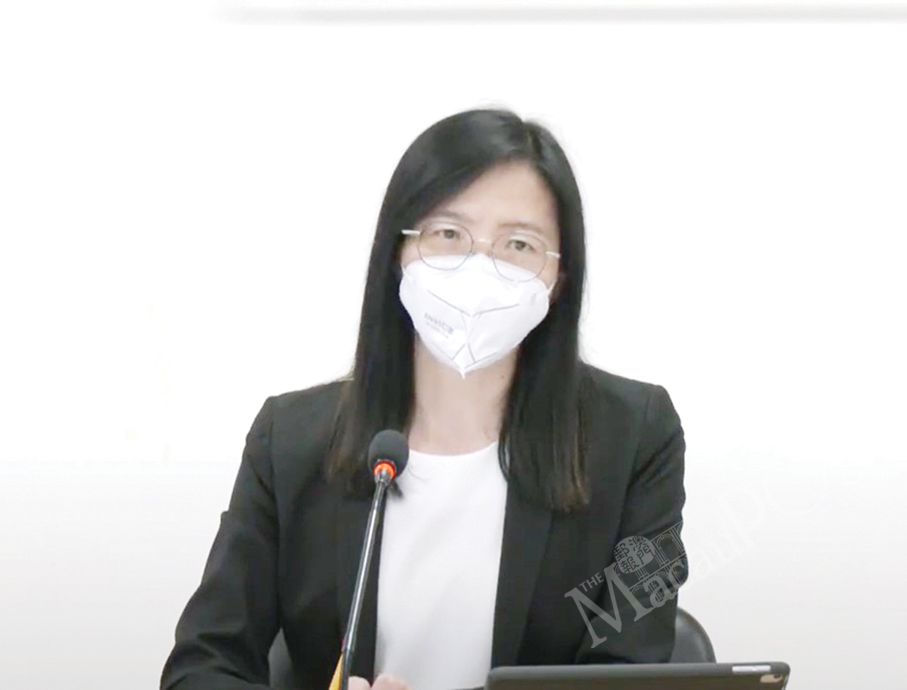China Daily Editorial
As usual, after China responded to its intended infringement of the country’s sovereignty and territorial integrity in the South China Sea on August 8, the Philippines cried aloud its innocence and tried to paint China in a bad light.
In a statement issued that day, Philippine armed forces chief General Romeo Brawner accused Chinese military aircraft of dropping flares in the path of a Philippine Air Force transport plane in the airspace over China’s Huangyan Island, declaring it was a “dangerous maneuver”. Philippine President Ferdinand Marcos Jr doubled down on that on Sunday, calling the Chinese action “unjustified, illegal and reckless”.
China would not have had to make its legal and necessary action in response had the Philippine military aircraft not been guilty of an unjustified, illegal and reckless intrusion into the airspace of Huangyan Island. That it did so twice, once on Aug 7 and once on Aug 8, shows it was a deliberate move by the Philippines aimed at provoking China.
The Philippines had the gall to do so because of the so-called joint patrols its military was conducting in the waters in collaboration with the United States, Australia and Canada. Since the US was in charge of the exercises, the brazen move of the Philippine air force must have received the go-ahead from the US, if not been done to its instruction.
The incident is therefore emblematic of Manila’s increasingly brash and reckless moves under the tutelage of Washington. Unlike other Southeast Asian countries that are wise enough to stay clear of the US-orchestrated geopolitical games in the South China Sea, the Philippines under the Marcos government has had its head turned by the attentions of the US.
Despite its neighbors’ dissuasion and the restraint shown by Beijing, the Marcos government seems to be like a kid in a schoolyard trying to see how far it can go before its taunts trigger an angry response and it can revel in the histrionics of portraying itself as the victim of a bully. Manila evidently has no qualms about triggering a regional crisis in the otherwise peaceful Asia-Pacific by being the US’ eager proxy. Realizing that the country is being isolated by its neighbors, the Marcos government has tried to reach out to Vietnam and Malaysia to try and form its own anti-China clique. But none of these efforts has worked out, as the other regional countries are fully aware of the risks of its gamble. They will by no means sacrifice their ties with China in exchange for being a secondary US agent contracted through Manila.
It is a consensus among the countries in the region those parties that are not claimants in the territorial disputes in the South China Sea should not be allowed to interfere in regional affairs. China recently reached a temporary arrangement with the Philippines on the transportation of humanitarian supplies to Ren’ai Reef. That should have served to remind Manila that, as long as it upholds the regional consensus and stops doing the US’ bidding to divide the region and provoke China, the territorial disputes between the two countries will not be allowed to define overall Sino-Philippine relations.
The ups and downs of the China-Philippines exchanges have repeatedly proved that good relations are not easy to build, but very easy to destroy. Beijing has repeatedly urged Manila not to let Washington send it careening on a dangerous course. China-Philippines relations are approaching a point of no return. Manila should be calm-headed and recognize that confrontation will only lead to calamity, while dialogue will allow peace and stability to prevail, which will be for the good of the Philippines and the region as a whole.
In calling black white, the Marcos government is simply choosing to turn a blind eye to the fact that the Huangyan Island is China’s inherent territory and China has indisputable sovereignty over the island and its surrounding waters and airspace.
The Philippines, for the good of the region and common development, should heed Beijing’s call to consider the future of China-Philippines relations, and meet China halfway to rebuild mutual trust, and push bilateral relations back on the right track.
– Courtesy of China Daily








